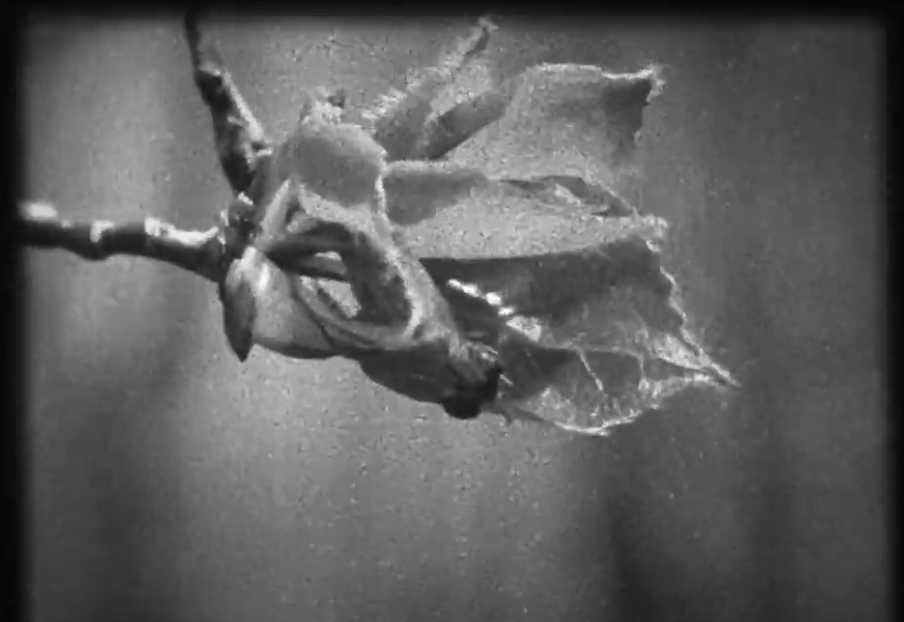One Big Eye
Sobia Ahmad & Benny Shafer (2023)An ancient grove of aspen trees known as Pando extends across 108 acres in south-central Utah. Seemingly 47,000 individual trees, it is in fact unified by a single immense root system, making it the earth’s largest known living organism. Pando—meaning “I spread” in Latin—is estimated to be over 10,000 years old, offering insights into ecological histories that transcend human scales. The indigenous legend of the Ute tribe points to the need for reverence and a deeper ecological vision of forests. It expresses how the branch scars on Pando’s trunks resemble eyes that watch humankind. “The forest of eyes,” the legend says, “is one big eye” (Ketcham 2018).
With support from the STUDIO for Creative Inquiry Grant #2023-035, Sobia Ahmad and Benny Shafer traveled to Pando in May 2023 to begin production of an experimental 16mm film. Hand-processed with eco-friendly materials, the film reflects on Pando’s underground network of roots to explore a shared ecology between humans and more-than-humans. Employing place-based environmental elements and eco-friendly photochemical processes, the film asks how artists can engage in urgent conversations around the social, political, and spiritual implications of the ecological crisis.

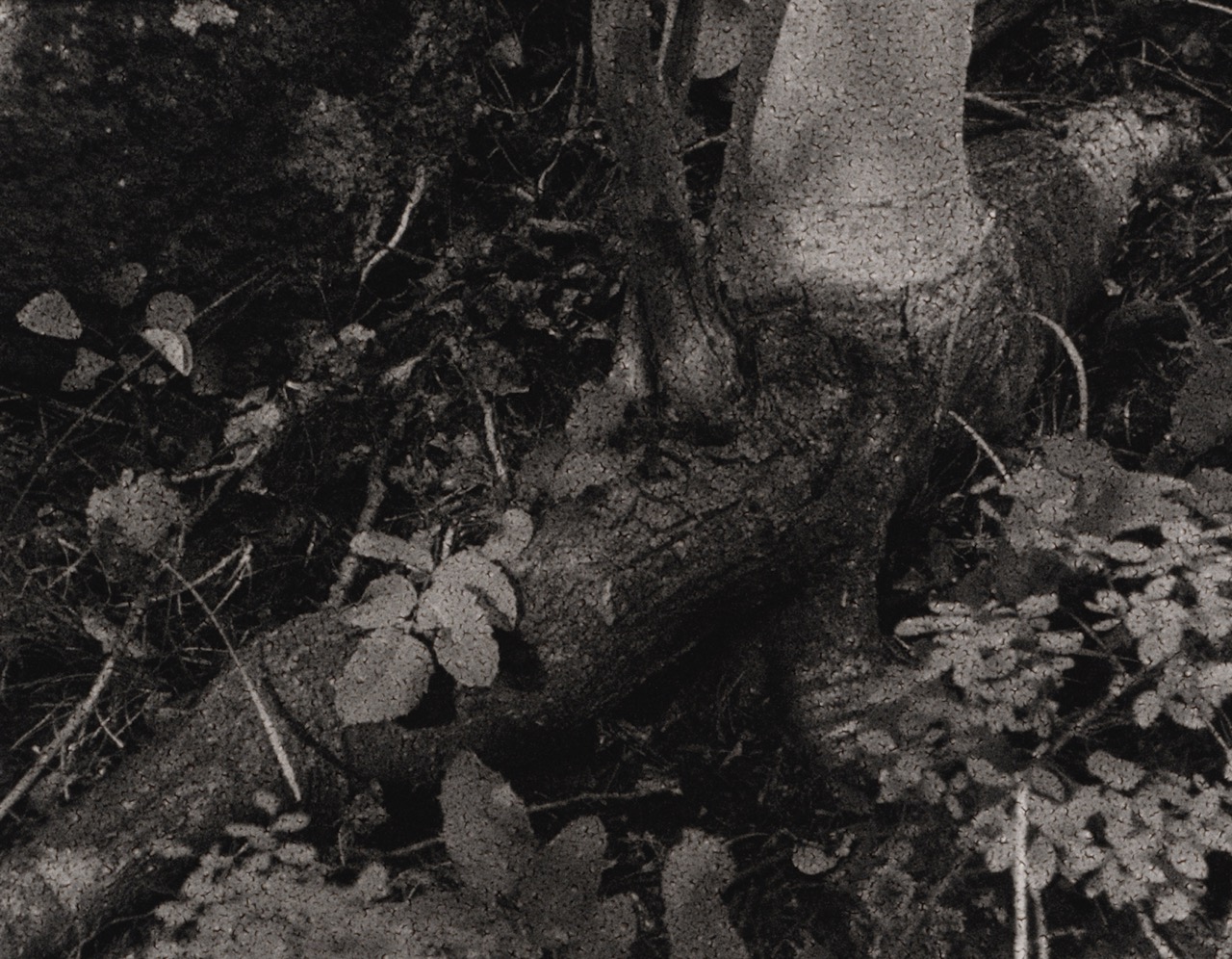
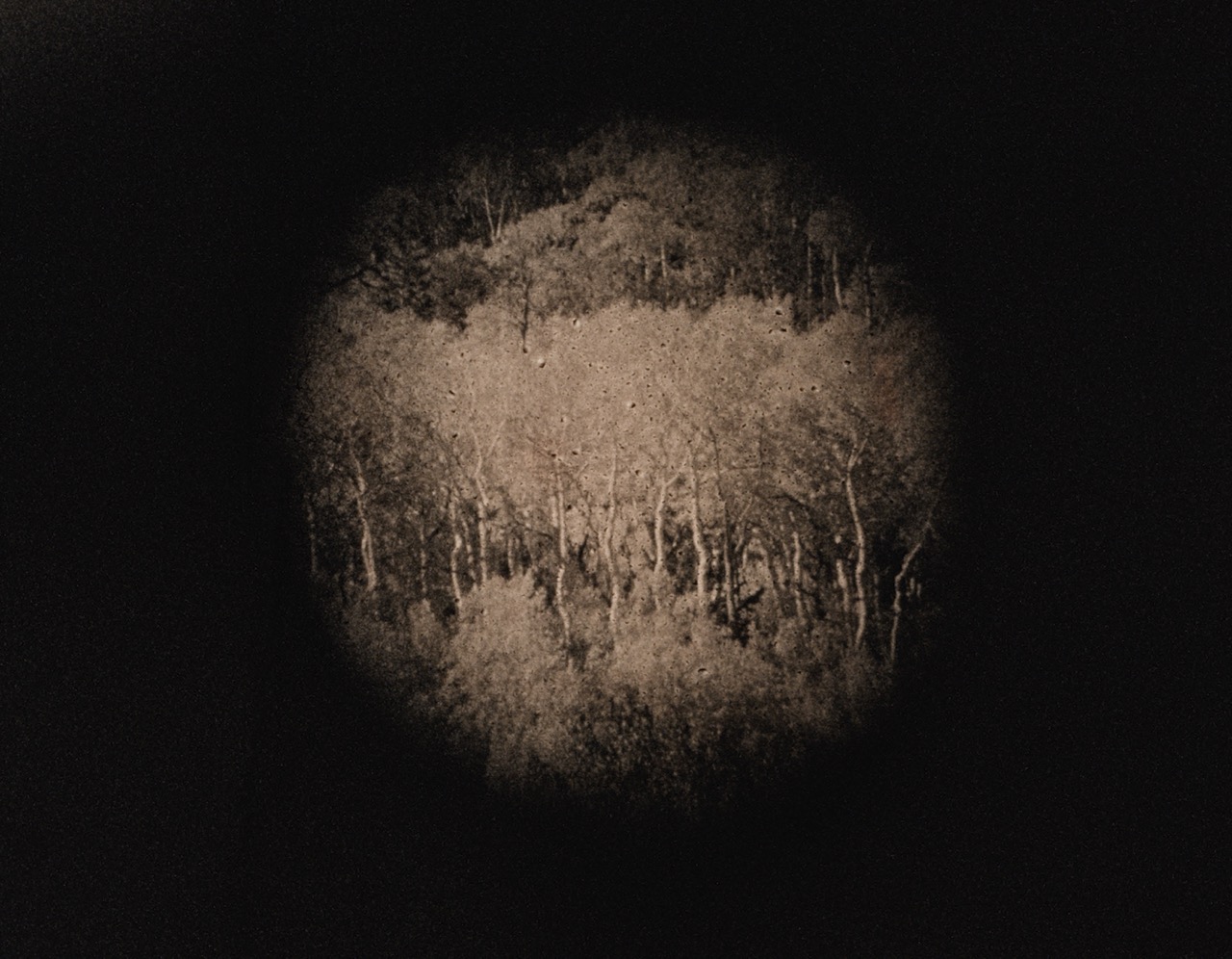
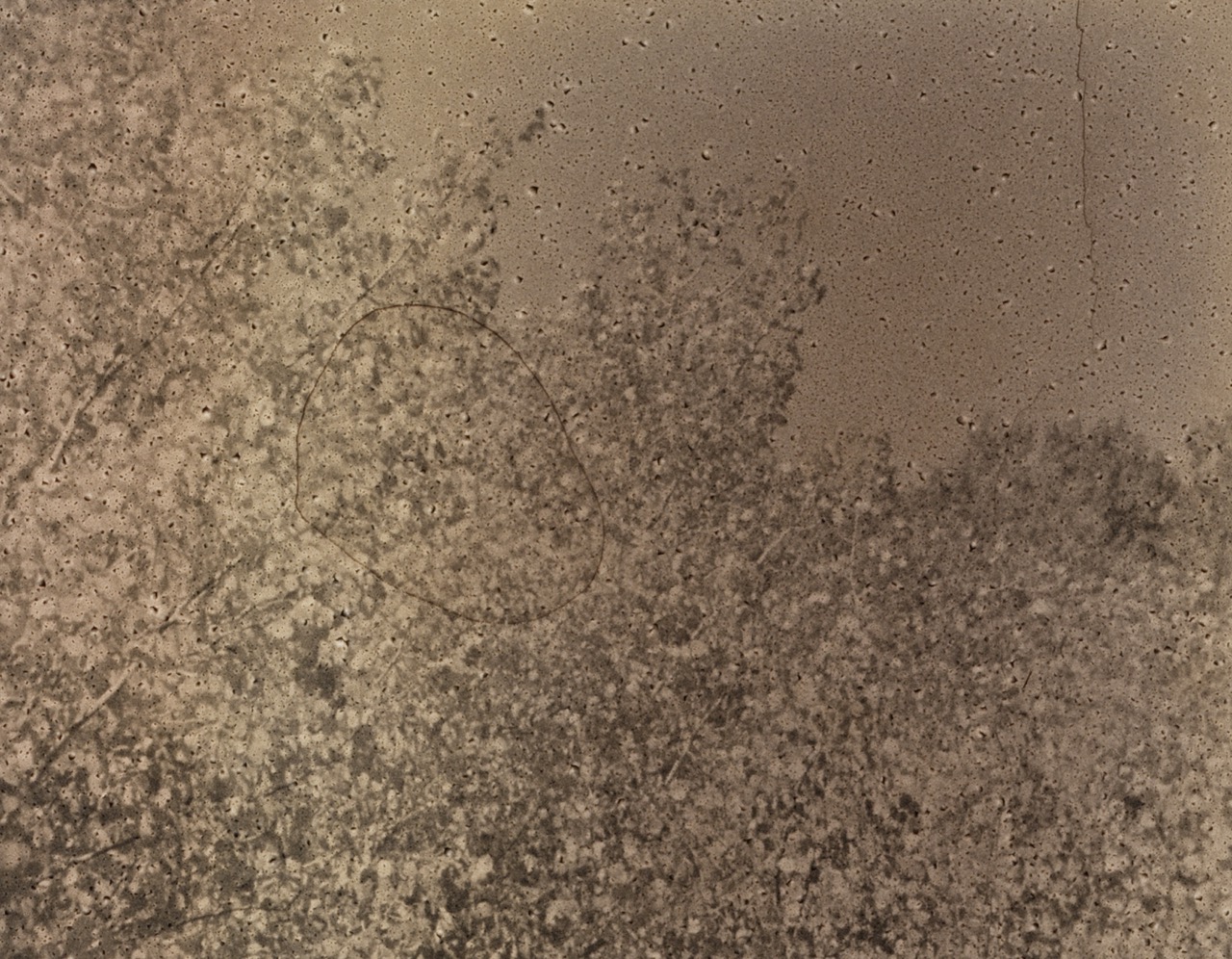
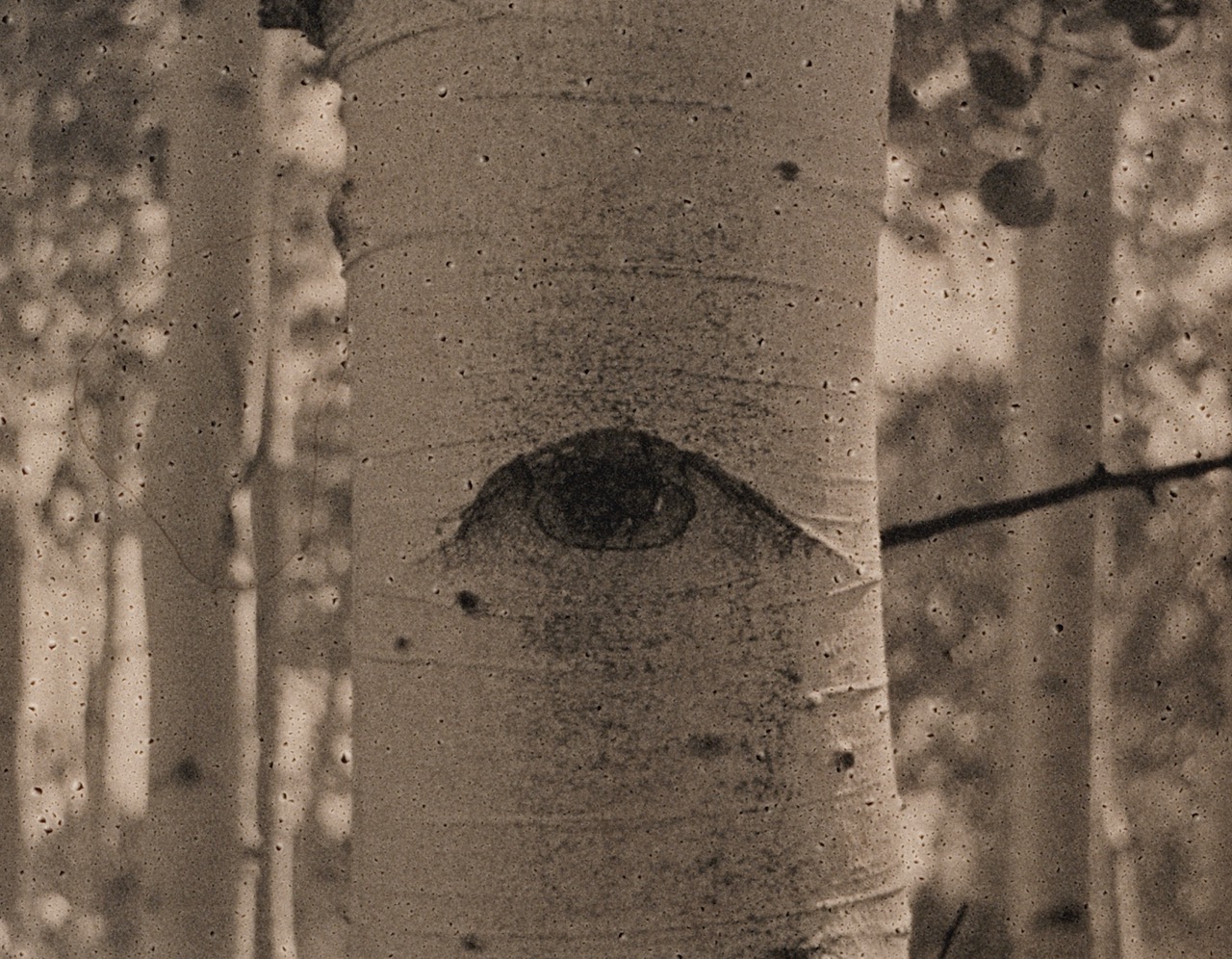
During this first trip, they gathered footage and sounds that offer an in-depth portrait of Pando. They returned to Pando in September 2023 to for a prolonged engagement, both by witnessing and recording seasonal transformations of the forest in autumn, as well as engaging more with communities surrounding Pando. Ahmad and Shafer connected with representatives from local organizations—Friends of Pando and Western Aspen Alliance—who are embedded in the sociocultural and ecological networks of Pando through scientific research, community engagement, and advocacy.
Their choice to use film, rather than video, reflects a devotional practice, both to the ecological situation and the medium itself. They have researched and successfully tested ways to hand-process 16mm black-and-white film using eco-friendly materials, such as coffee, washing soda, vitamin C, salt, and lemon juice. This requires experimentation, patience and slowness. This approach opens spaces of contemplation that encourage ways of viewing environmental issues in a more holistic way, which does not separate the spiritual from its ecological, cultural, social, and political dimensions.
This project was made possible in part by FRFF Grant #2023-036.
